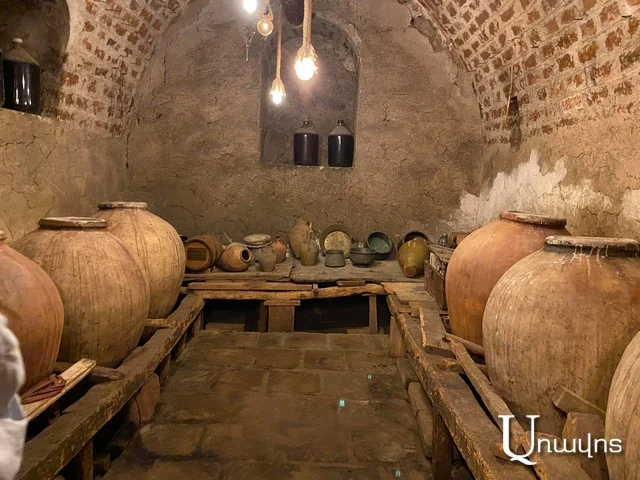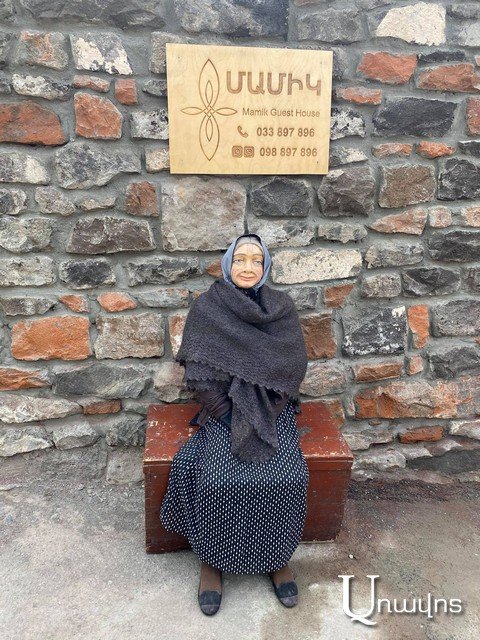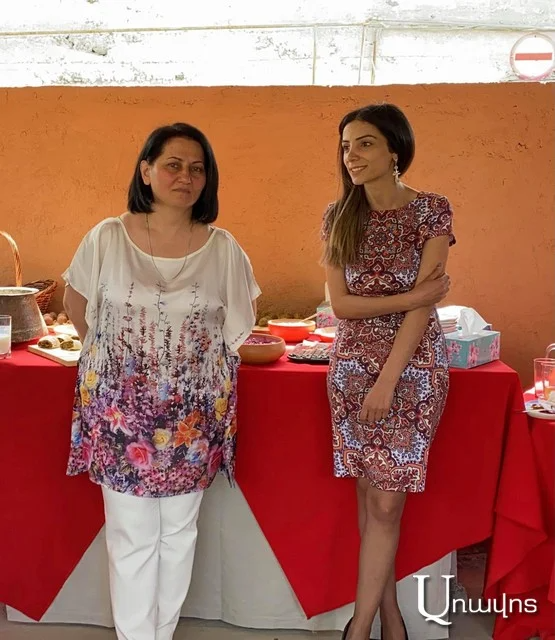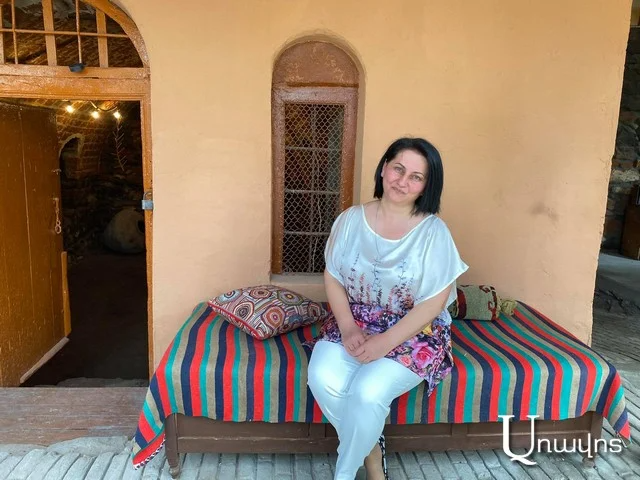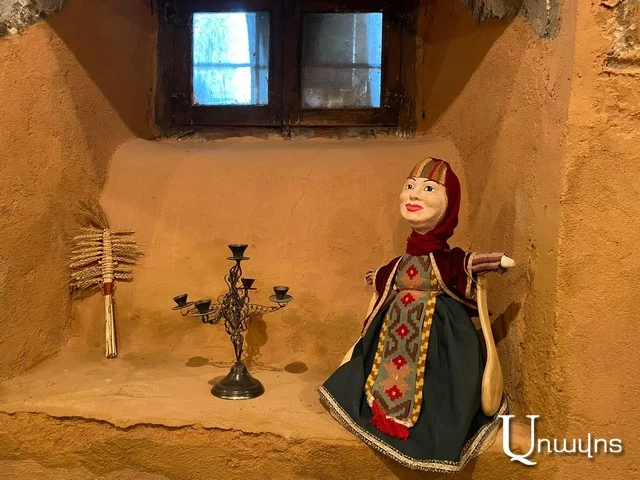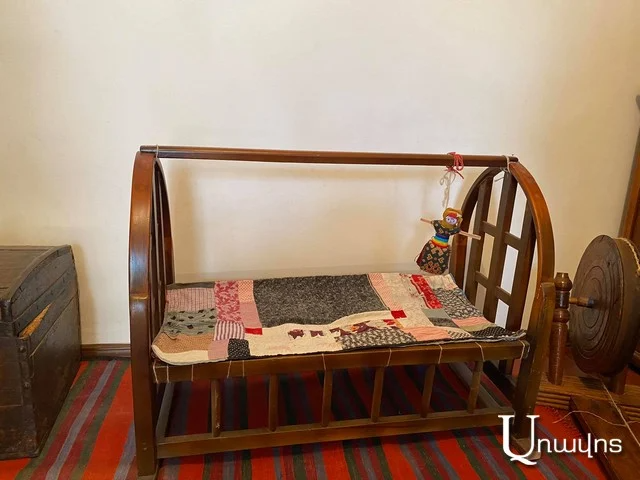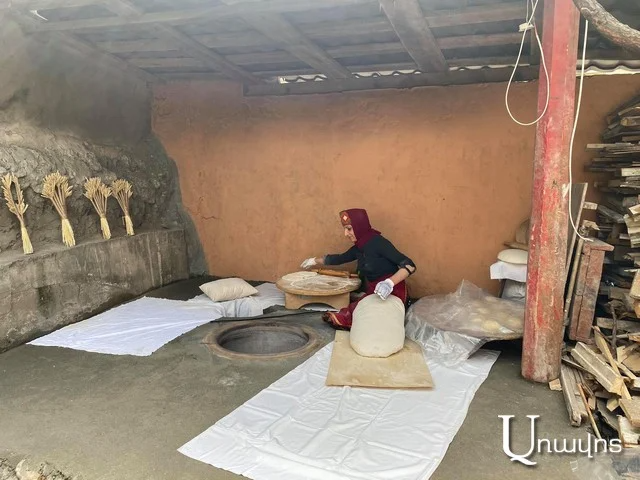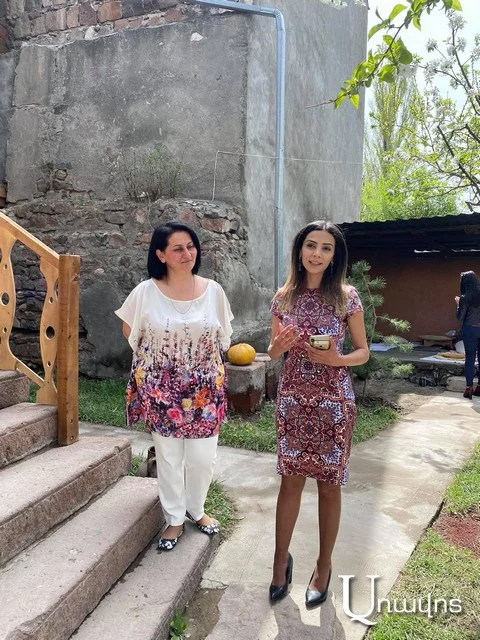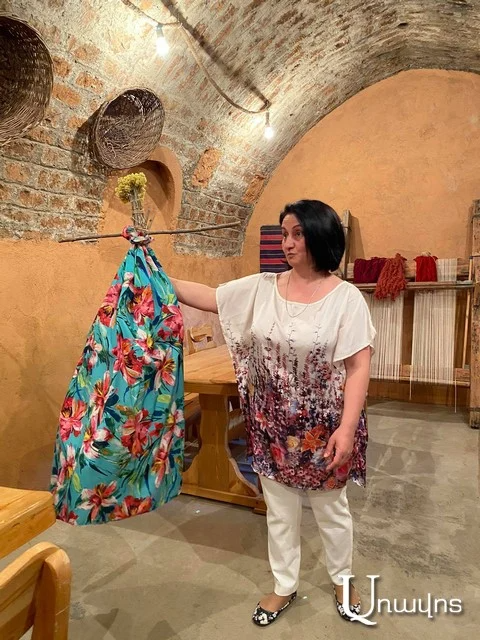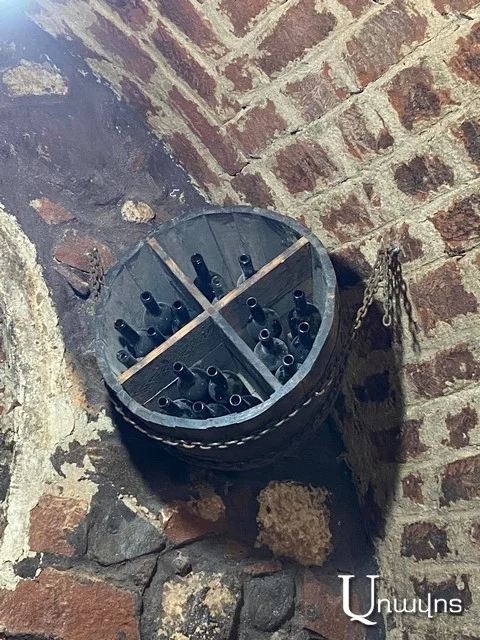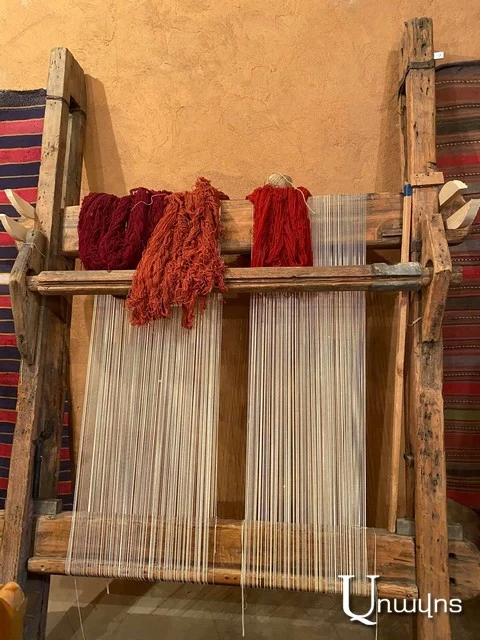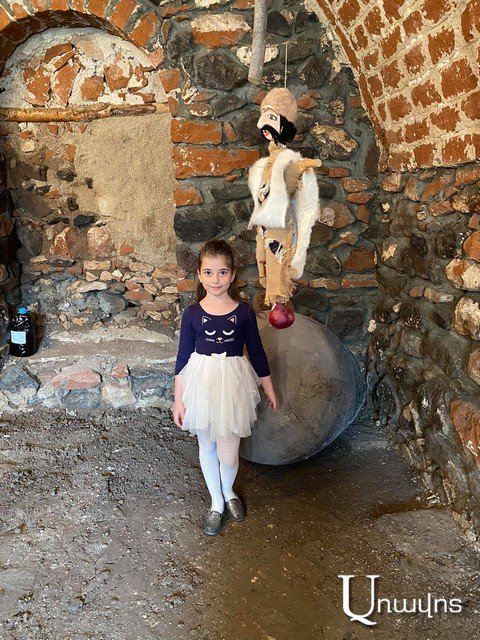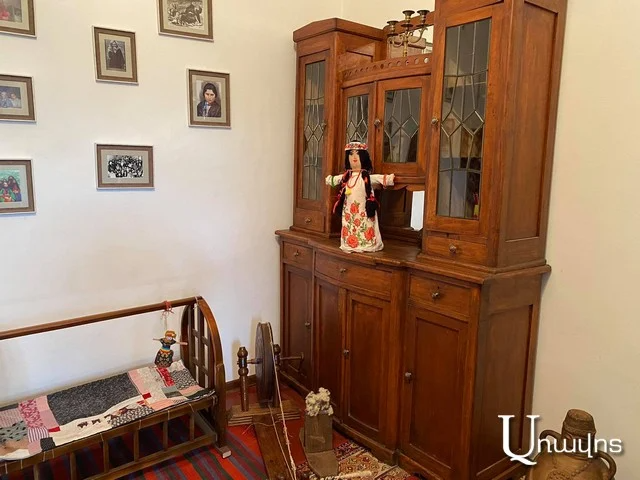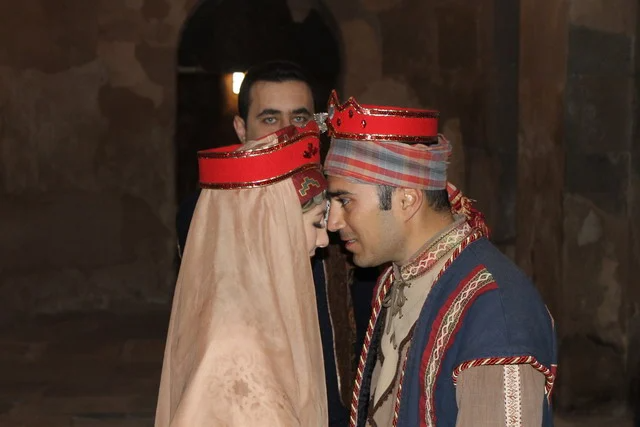Tourism was greatly affected by the COVID pandemic in Armenia just as in the rest of the world. In Armenia’s case, the picture is even worse because of the war launched against Armenia.
Unfortunately, many initiatives went bankrupt or had to be reprofiled because, according to several forecasts, tourism will return to its pre-COVID path no earlier than 2025.
In any case, two teams decided to take a risk and invest in tourism with the goal of promoting the sector in Armenia in general, and of formulating the Hin Nork’s historical-cultural image in particular. This was accomplished by the Mamik and Nork Marani guest houses.
Read also
Mamik was established by two young and beautiful women: Shogher Hakobyan and Vanuhi Simonyan. The women said that Mamik is a guest house that also serves as an educational-cultural center, which is located in the 160-year-old house in Hin Nork. The main goal of this guest house is to present national culture adequately both to locals and to foreign tourists.
Vanuhi Simonyan said that Mamik, which has a national atmosphere, offers the following services, among others: ceremonial events, national dance, literary meetings, exhibitions of applied arts and crafts, and, of course, food and accommodations.
Guests were welcomed to the Mamik guest house with national dance and song, and the smell of freshly-baked lavash in the tonir spread throughout the backyard.
Shogher Hakobyan said that they both intended on implementing this idea for a long time, but the idea to establish a guest house together was born when they organized a Barekendan (the Armenian version of Carnival) in March of 2020.
“Since Vanuhi is an ethnographer and I am someone who loves our national culture, we decided that this should be a guest house from the beginning that represents our national culture. We also thought that this environment would be best created in one of the villages,” Shogher recalled, adding that after a long search, they finally decided to establish a guest house not in the village, but in one of the oldest districts of Yerevan, Hin Nork.
Mamik is also captivating because of its old cellar, which was originally a house with a history of 160 years. The cellar has a unique environment, and it includes dolls of Grandma Utis and Grandpa Pas, as well as a bench where guests can weave carpets or rugs if they wish.
The walls of the house also are covered in pictures of grandmothers, including Paruyr Sevak’s mother and their grandmothers. The old carpets, the pulley, the cradle, and the furniture recreate a typical national environment. In general, the guest house is a prime example of Armenianness.
Shogher does not see Mamik as a business. She said that if people do things just for money, then they suffer emotionally, and that also is transferred to the person to whom they are selling their products and services. However, she is doing everything with great dedication and love.
The Nork Marani is also located next to Mamik, which is a 150-year-old cellar belonging to the Derdzakyans. The home was built in 1877. As a representative of Nork Marani, Vlad Khachatryan, said, Nork is known for its winemaking traditions dating back to the 19th century. As for the Nork Marani, it is possible to taste Nork Keghar wines here. He added that there was a wine district in Nork with 100 cellars, three of which have been preserved. Now, only their cellar is functioning. “This cellar has been operating for 150 years,” Vlad Khachatryan emphasized.
Gohar Hakobyab




















































